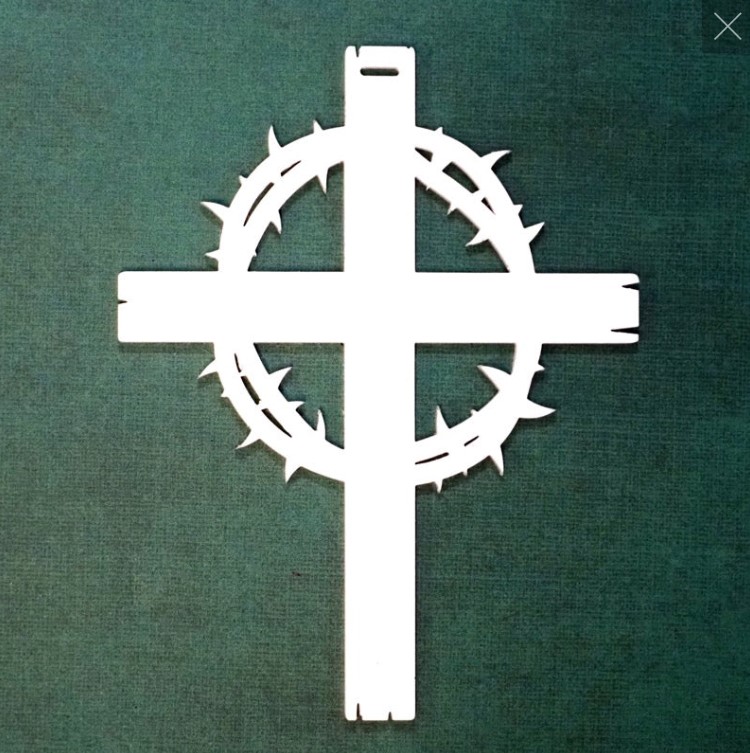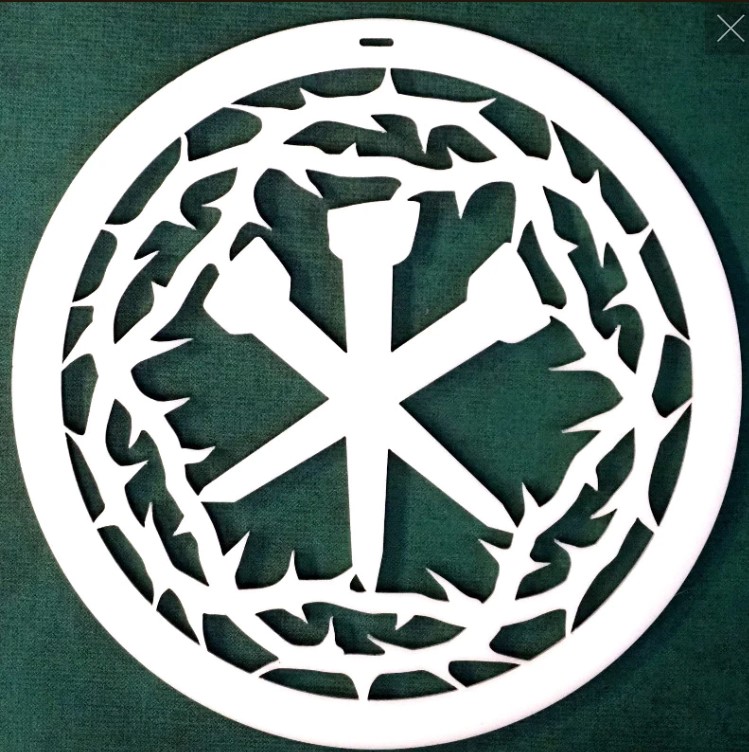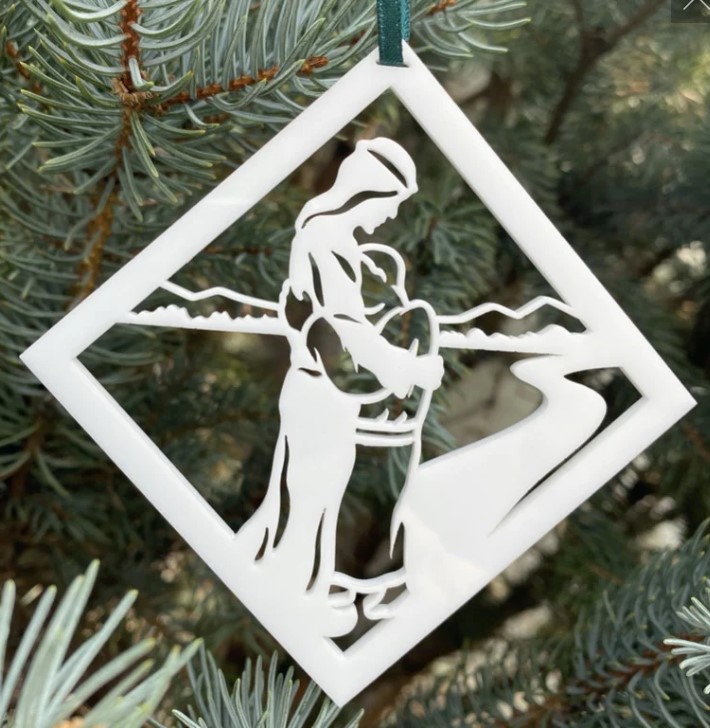


This week much of the Christian world observes Ash Wednesday, the start of the 40-day Lenten season that presages Easter’s 50 days of feasting and celebration. Just three years after Western governments enacted unprecedented persecution by forbidding Christians from worship during our highest Holy Week, this year Lent is especially precious to its observers.
The wise see the gathering storms and make ready to weather them. The culture war is a spiritual war, and that means it must be fought with spiritual means: receiving Christ’s true Body and Blood, fasting, prayer, public repentance, and increased Biblical instruction. This is what Lent is all about: training for and engaging in spiritual warfare.
Lent is a special time to practice repentance and other spiritual disciplines, just as an athlete denies his own comfort and trains to win. As Saint Paul exhorts: “Every athlete exercises self-control in all things. They do it to receive a perishable wreath, but we an imperishable. So I do not run aimlessly; I do not box as one beating the air. But I discipline my body and keep it under control, lest after preaching to others I myself should be disqualified.”
Sure, Christians could — and should — pray hard and practice self-restraint all year. But making Lent an annually recurring part of church life (along with Advent, another penitential season) puts a special focus on spiritual discipline every year, to help us grow over time. As even secular self-help gurus know, habit and regularity are key to execution. The church was on to that long before B.J. Fogg.
True, Lent is not in the Bible. But neither is any order of service nor even many Christian customs: not invoking the name of the Trinity, not saying any creeds, not the vast majority of beloved Christian hymns, not performing three fast songs then three slow songs then listening to a sermon, nor any altar calls. Devotional reading is not explicitly commanded in the Bible; neither are specific Bible reading schedules, prayer routines, or church decorations.
So there are plenty of good and useful things the Bible doesn’t explicitly command that the historic church recommends to its people. Christians can, do, and have used their scripturally informed reason to decide which religious practices are stronger and weaker, and ideally to select and prioritize the stronger ones.
Lent is one of the stronger religious practices. It is an ancient Christian custom that arose before the New Testament was finalized. It has withstood the test of time and been observed across history, cultures, and all the dominant expressions of the Christian faith. That recommends it. Those who observe it do so to obey the Fifth Commandment by honoring our fathers and mothers.
Our fathers and mothers in the faith decided Lent was a helpful custom. Because it is a custom instead of a direct commandment, we Protestants tend to observe it more flexibly than Roman Catholics and the various forms of Orthodox. My pastor encourages us to attend more church services than usual and add religious disciplines such as additional Bible reading, Bible and catechism memorization, prayer times, reception of the Sacrament, works of charity, and study of the church fathers.
In a time of increasing government-backed hatred for Christians across the West, penitential seasons and practices can help build the spiritual strength to sustain Christians individually and collectively for tougher times ahead. And amid our culture’s deepening darkness, there’s no better response than to repent, fast, and pray.
Christians have always fasted during Lent. Denying oneself food is a basic and effective way to govern one’s appetite. It also can have strong health benefits, if one is a good candidate and follows prudent guidelines.
It is also customary for children, the sick, nursing and pregnant mothers, and the aged to be exempt from the strictest of dietary fasts. Since I’ve been a pregnant or nursing mother for 91 percent of our 13 years of marriage, I have typically not fasted many meals during Lent. Instead, I typically fast from special treats, such as all forms of sweets, dairy, or my morning coffee. That way I go for the goal of fasting — self-denial — without harming myself or my babies.
Some add “fasts” of not just food but also of enjoyments, not as punishment but to practice self-denial and obedience so we are better capable of denying ourselves and taking up our crosses when suffering arises in our lives, as it does to all. It’s common today for Christians to give up entertainment screen time, personal indulgences such as spending on non-necessary items or the morning latte, and special foods such as desserts and alcohol.
Also customary is increasing charitable giving and acts of service. Lent is not just about taking away things, as my pastor tells his people; it’s also about adding. Another pastor I know donates what he would have spent on missed meals to a charity that feeds poor children, another long-practiced Christian custom. Many also like to donate to food pantries or others in need such as the families of men studying to be pastors. Children can help with this.
For our children, I set up an empty bean pot with strips of paper inside on which I’ve written acts of service they can perform for family or neighbors. I write on the strips things intended to teach them how to live like a Christian. We tell the children to take out a strip when they wish to serve but don’t think they know how.
Examples: “Pray for your [father, mother, church, friends at school, family, etc.],” “Bring up a sibling’s clean clothes from the laundry room and put them away,” “Give the dog an extra walk or playtime today,” “Write a cheerful note to someone who is lonely,” “Pray a psalm for someone you know,” “Read a book to a sibling who can’t read,” “Pray for someone who annoys you,” “Do someone else’s chore,” “Pick up five messy things in your brother’s room,” and so forth.
As a mom, I often add some additional time with my children during penitential seasons, because I’m tempted to selfishly scrape up every second I can for myself. So while they eat breakfast, I delay my usual shower time and read them a seasonal picture book.
We’ll read this book this year at breakfast together. It’s less religious than I would like for a very good seasonal family read, but it’s serviceable. I do like looking with my children at how God’s creation reflects and unfolds His nature.

I have also read them children’s biographies of Christian saints. I love this book for reading aloud on special days of remembrance for apostles, church fathers, and other Christian luminaries. The selections are short, well-written, and informative. It’s an easy morning or evening read with children. It accords with Protestant theology about saints, not Roman Catholic.

Our family observes two daily scripture reading and prayer times (morning and evening), and I’d encourage any who don’t to consider adding daily family prayer and Bible reading during Lent. If you can’t or don’t do it every day, just do it on the days you can. Three times a week is much better than zero.
This year I am trying a new thing: a “Lenten Jesse Tree.” Jesse Trees are a wildly popular Advent calendar. You add one ornament or picture to your “tree” each day until Christmas comes. As we add these symbols to our tree, we discuss what it tells us about Christ.
We have found this to be an extremely fruitful source of conversation around our dinner table during Advent, especially because of my well-catechized husband. His deep knowledge of theology guides our family discussions into wonder at the Bible’s replete symbols for Christ.
Everything beautiful sings of Jesus. In fact, nothing can be beautiful without reflecting Him in some way. Taking a little time to reflect on multiple symbols of His beauty seems to me like a perfect match for Lent and Easter. So this year I plan to experiment with using my Christmons from Ad Crucem to create an Easter Jesse Tree.






I plan to gather bare branches from bushes in my yard that need a trim, stick them in a vase, then each day hang one of the Christmons from its branches. We’ve done a similar thing in the past by gathering bare branches and hanging paper or plastic eggs from them during Eastertide, but I think the Christmons will be more beautiful and expressive of the season.

